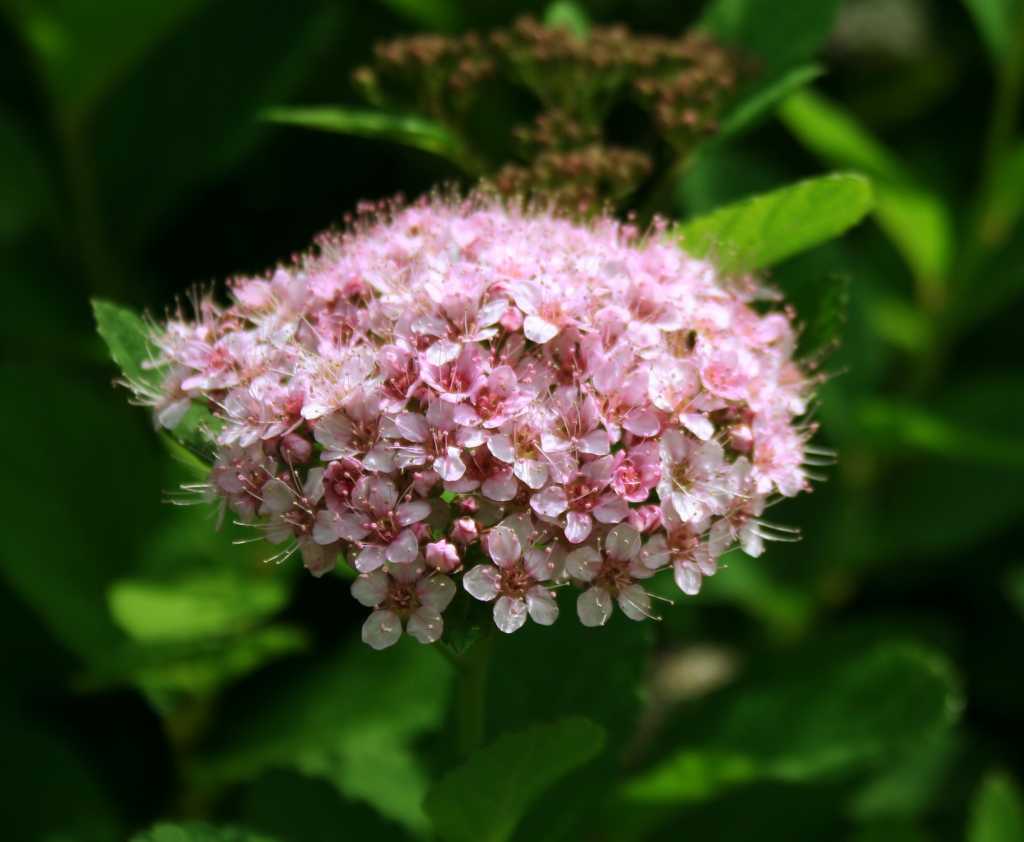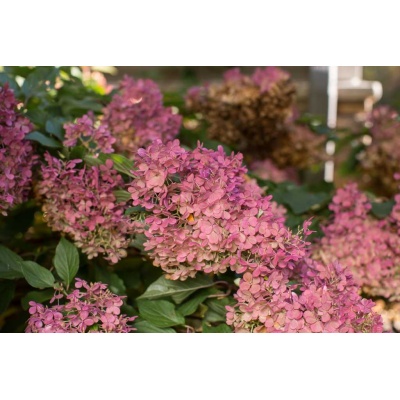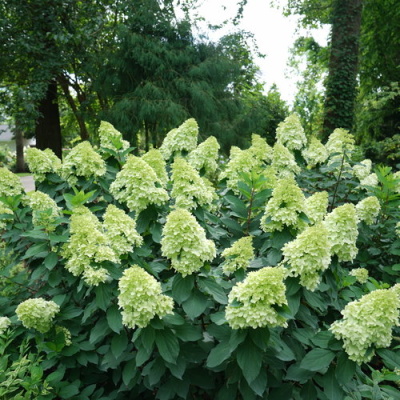Description
 Spiraea betulifolia ‘COURISPI01’ PP27,933 If you are a fan of Tor Spirea, you will fall in love with Pink Sparkler™. Beautiful pink flowers emerge in early summer and then re-bloom in fall. As an added bonus fall flowers appear down the stem, giving an even fuller appearance and pop of pink. The leaves also turn a lovely burgundy red in autumn. Pink Sparkler™ has a lovely rounded shape that requires very little pruning to keep its shape. Minimal maintenance, re-blooming flowers and multi-season pink color is sure to make Pink Sparkler™ a favorite in your garden.
Spiraea betulifolia ‘COURISPI01’ PP27,933 If you are a fan of Tor Spirea, you will fall in love with Pink Sparkler™. Beautiful pink flowers emerge in early summer and then re-bloom in fall. As an added bonus fall flowers appear down the stem, giving an even fuller appearance and pop of pink. The leaves also turn a lovely burgundy red in autumn. Pink Sparkler™ has a lovely rounded shape that requires very little pruning to keep its shape. Minimal maintenance, re-blooming flowers and multi-season pink color is sure to make Pink Sparkler™ a favorite in your garden.
- Height: 3-4′
- Width: 3-4′
- Exposure: Full Sun
- Zone: 3-8
Additional Attributes
Foliage: Yellow-green to green
Growing Tips
- Pruning: Early spring
- Watering: Medium
- Fertilizing: Balanced NPK



Reviews
There are no reviews yet.